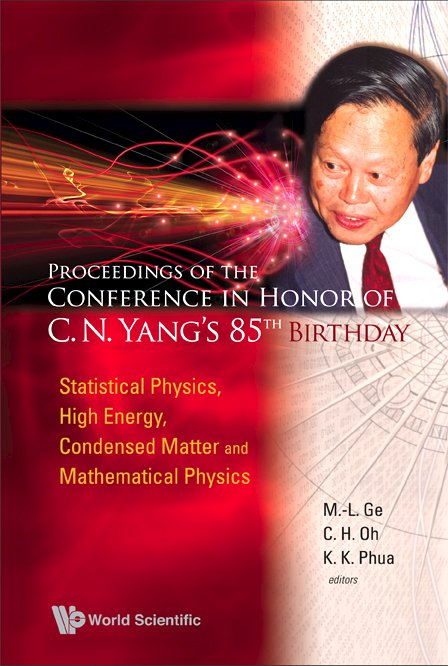THEORETICAL MODELING OF B-Z DEOXYRIBONUCLEIC (DNA) TRANSITION
Experimental efforts to elucidate the molecular mechanism of B-Z DNA transition have often led to controversial and inconclusive results. Some experiments suggest that the nucleobases flip out of the stack before rotating about their respective glycosyl bonds while others suggest that interbase hydrogen bonds remain intact during the transition. Recent computer simulations even suggest that the DNA oligomer stretches and unwinds during the transition. To account for the myriad of mechanisms proposed, a nonlinear DNA Hamiltonian based on three conformational variables, the glycosidic bond angle, base extrusion angle and the longitudinal displacement of the nucleotide, was recently developed. In this article, we will examine some of the theoretical results derived from this Hamiltonian and explore the possibility of including helicity in the model.
Note from Publisher: This article contains the abstract only.



